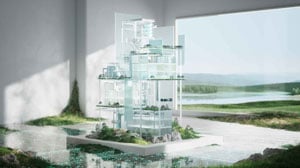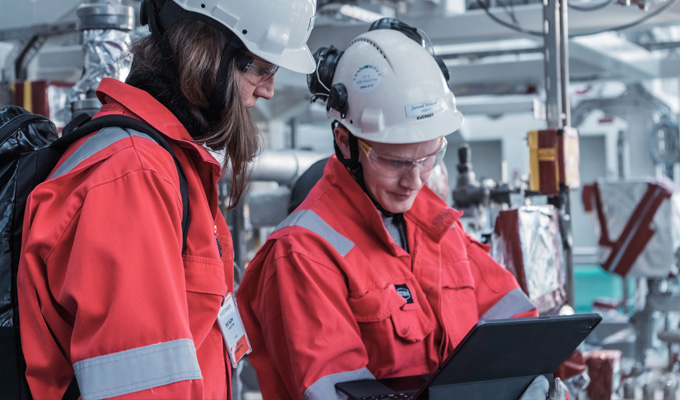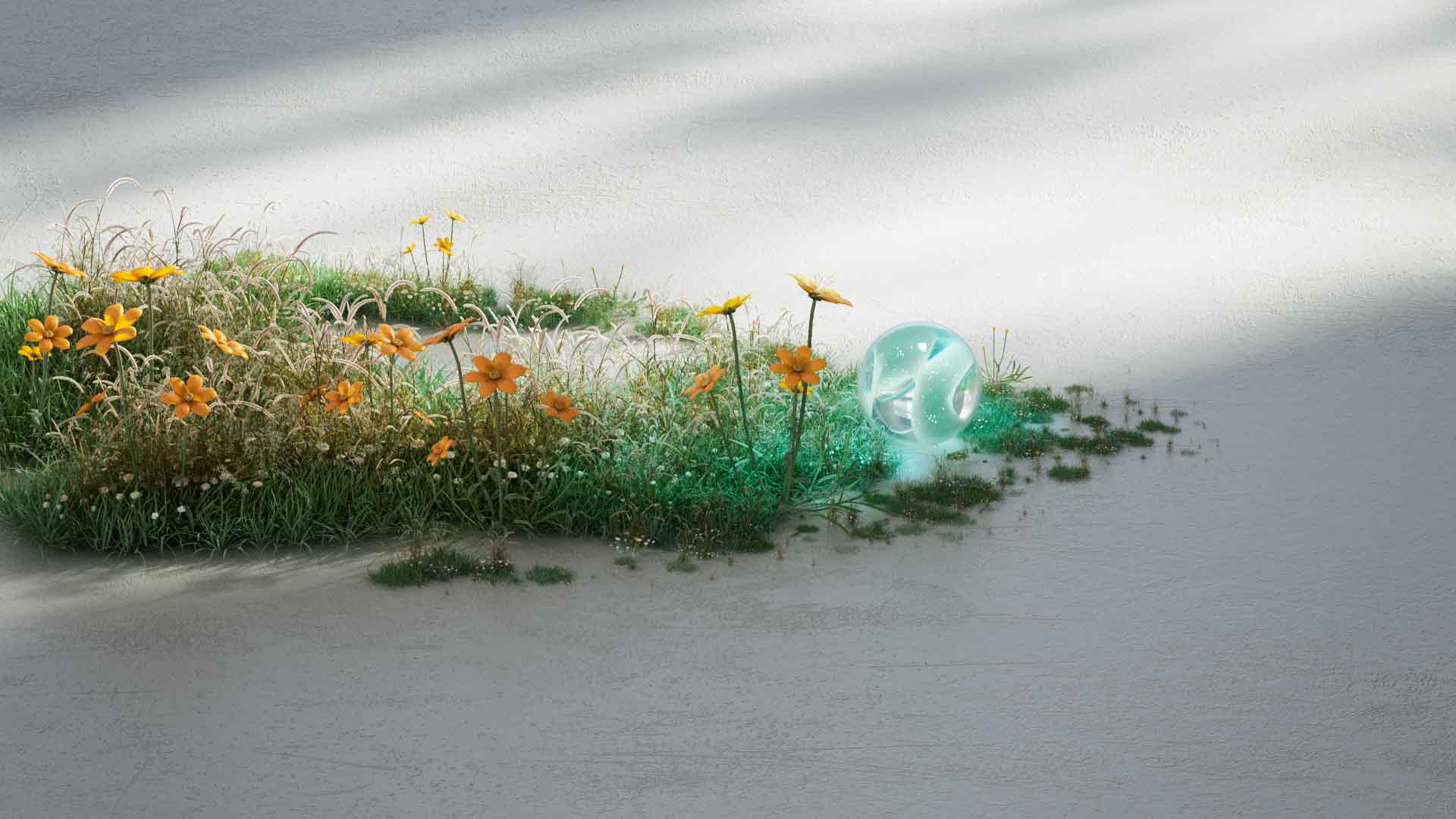My professional background hails primarily from design agencies where we produced large e-commerce and editorial sites. While those sites can be complex with content and micro-interactions, I was only somewhat prepared for the sheer volume of data we are working with at Aize.
How do you go about understanding all that data? Go see, touch, and taste it.
Ramping up a big project always has its challenges but starting at Aize was an entirely different experience. On my first trip to a yard, I passed a sign I recognised from my designs. Until that moment, it was only theoretical, a placeholder for the real thing that I had formed based on a data hierarchy but hadn’t yet linked it to a tangible, physical object. Getting that real life experience and information—in this case a building block module that is larger than my entire apartment complex—was priceless. It was a true “Aha!” moment.
Watch the video to hear Sara explain how Aize creates value for users 👇
Making it really work for the customer
One of the most challenging aspects of UX design is getting access to the customers of the product. Often getting real feedback is substituted by using assumptions, talks with subject matter experts, and competitor research.
While those are valuable steps in the discovery process, they cannot replace a conversation with real people at the other end of the product.
At Aize, however, we get to talk to highly skilled engineers, designers, and operators who can offer insights not found elsewhere. For us, it’s about understanding the motivations underneath what our customer do. I was reminded of this quote from Steve Jobs who says: "Most people make the mistake of thinking design is what it looks like. People think it’s this veneer – that the designers are handed this box and told, “Make it look good!” That’s not what we think design is. It’s not just what it looks like and feels like. Design is how it works.” – Steve Jobs.
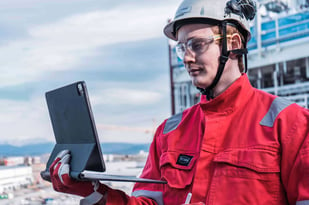
How to get the best out of a UX designer?
This is where Aize absolutely aces it. I get to experience the customer’s daily work-flows, ask about their frustrations, and see how they use our software and how it fits into their day-to-day operations.
These insights help us build personas and develop user journeys showing pain points in their day, giving us a roadmap for software development. I hope that our customers see their input reflected in the solutions and the reduction of pain points in their day. This is what being wildly user-centric is all about.
Do you have any questions?
We would love to hear from you. Feel free to reach out to us at any time.
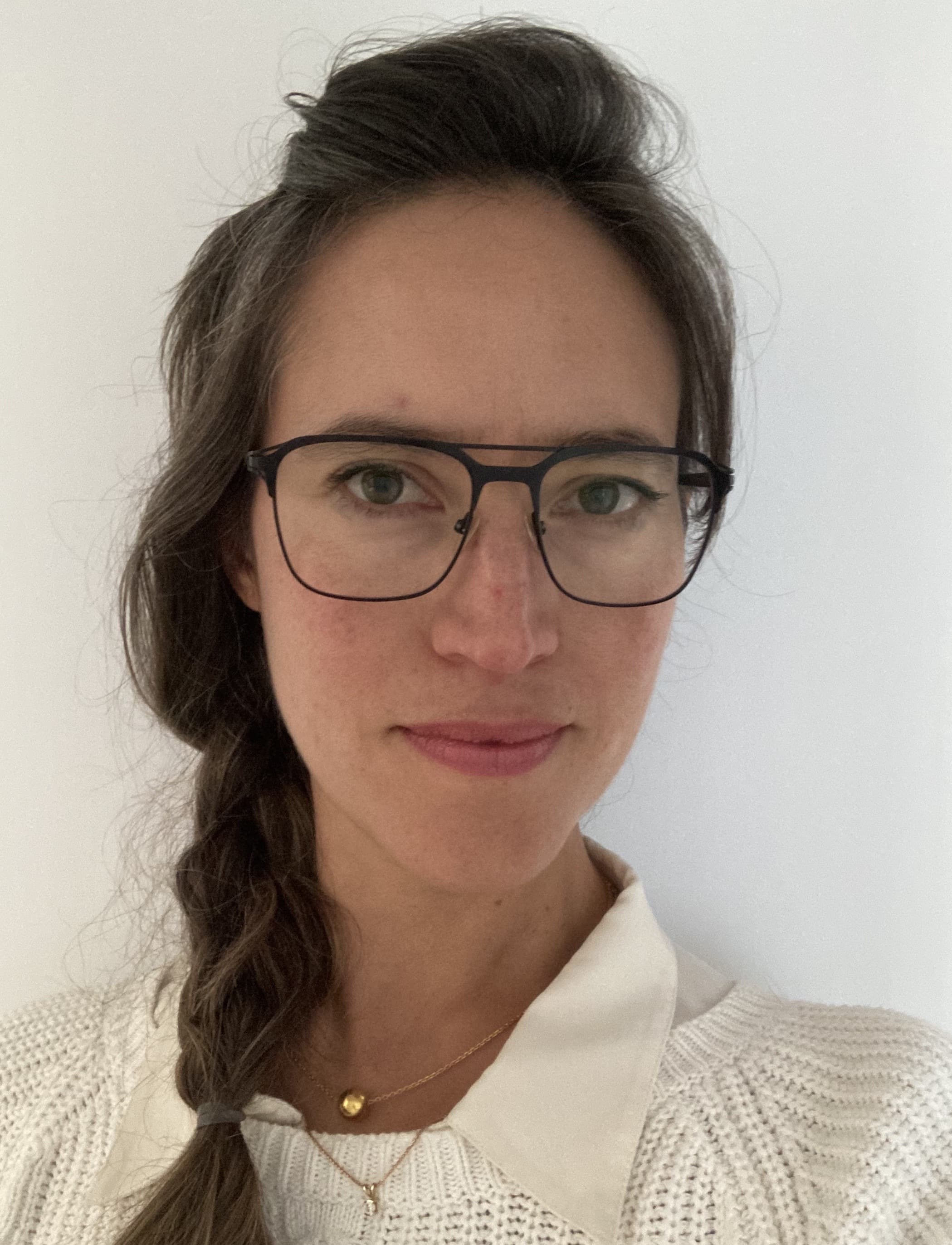
Post written by Sara Wright
Sara was a Systems Engineer for 10 years, and received a bachelor degree in Industrial Design before becoming a UX designer. Sara worked as a UX designer at JPM Chase and Code & Theory in San Francisco before joining Aize in Norway. She loves the cold weather and everything outdoors!
Stay in the loop
I’d like to sign up to Aize newsletter


